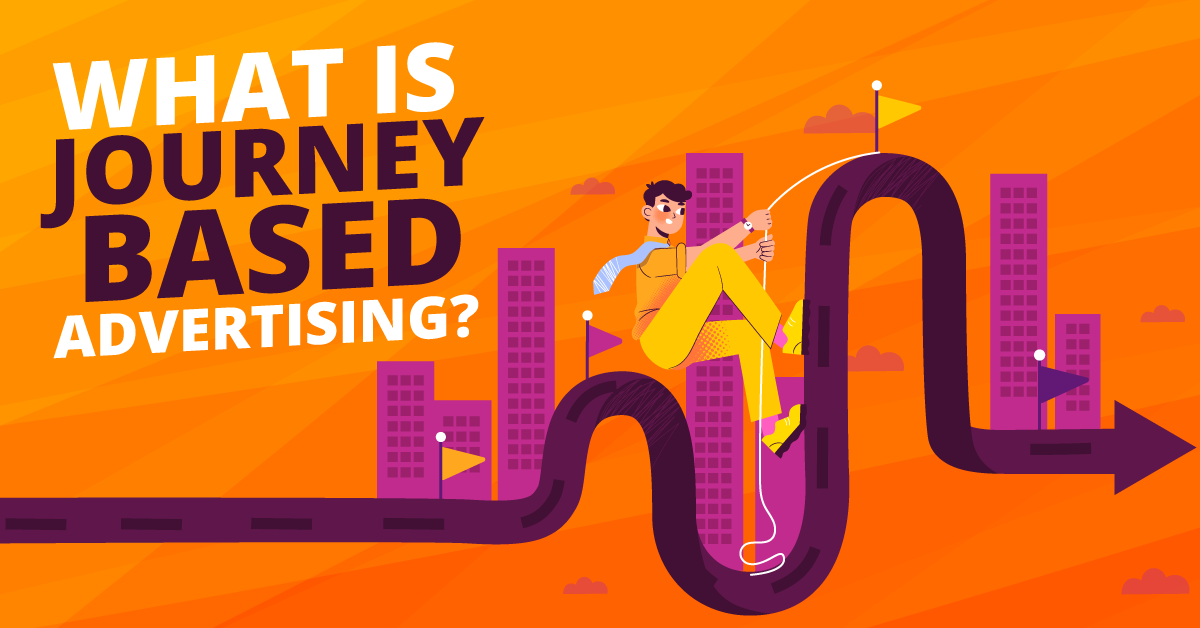Journey-based advertising is like planning a road trip. You don’t just start driving randomly. Instead, you map out your route, plan your stops, and ensure you have everything you need for the journey ahead.
In journey-based advertising, marketers identify the key touchpoints customers encounter throughout their purchasing journey and create targeted content and campaigns to engage with them at each stage. This helps to build a more personalized and cohesive experience, guiding customers smoothly from awareness to consideration to conversion. By understanding the customer’s journey, businesses can create more effective and relevant marketing strategies that address their needs and pain points at every step.
At its core, journey-based advertising is all about empathy. It’s about putting yourself in your customer’s shoes. Whether they’re just starting to research a product or ready to make a purchase, it allows you to deliver the right message to the right person at the right time, making your marketing efforts more effective and efficient.
So, why is it so important? For starters, it helps you build stronger relationships with your customers. You’re not just selling a product or service but building trust and loyalty. Building strong relationships with your customers is key to long-term success in today’s hyper-competitive marketplace, where consumers have more choices than ever before.
Don’t think it’s just about warm and fuzzy feelings – journey-based advertising also delivers tangible results. By targeting your advertising efforts more effectively, you can increase conversion rates, reduce ad spend wastage, and ultimately drive more revenue for your business. Plus, by tracking and analyzing the customer journey, you can identify areas where you might be losing potential customers and make improvements to optimize your marketing funnel.



Join the conversation
1 comment
Romeo on Apr 28, 2024 at 4:25 am
It's good
Submit a comment
Your email address will not be published. Required fields are marked *